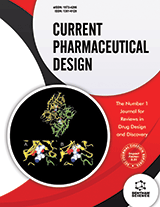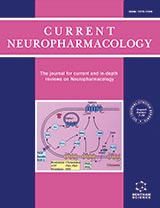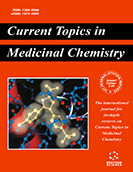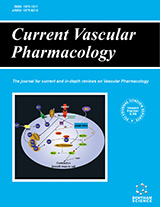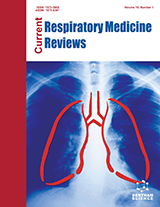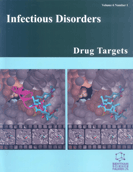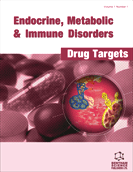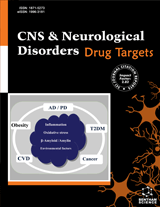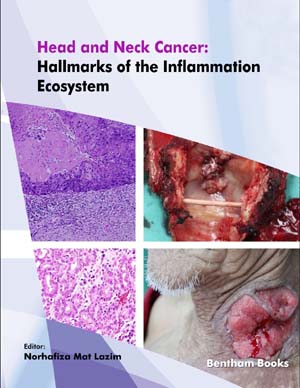Abstract
This review describes each of the steps in the HIV-1 reverse transcriptase catalytic cycle and evaluates each of these steps as a potential point of inhibition of the enzyme and consequently viral replication. To date, two classes of approved drugs act on the reverse transcriptase. They are: (1) the nucleoside reverse transcriptase inhibitors which either directly inhibit the enzyme or serve as alternative substrates for catalysis (resulting in chain termination) and (2) the non-nucleoside reverse transcriptase inhibitors which bind to an allosteric site and adversely affect the function of the enzyme by slowing the rate of chemical catalysis. In order to provide the best possible analysis of the potential of each of the steps in the catalytic cycle as a site of inhibition, the molecular forces which determine the intrinsic binding affinities and specificity of natural components of the catalytic complex will be described in as much detail as possible.
Keywords: HIV 1 Reverse Transcriptase, Enzyme, Inhibition, Nucleoside reverse, Human immunodeficiency virus HIV, RNA dependent DNA polymerase, dATP Analogs, deoxyguanosine guanosine, diaminopurine, AZT, Analog Drug Resistance, Non Nucleoside, nevirapine NNRTI, Reverse Transcriptase Inhibitor, Triphosphate, Ribonuclease H, Azido 3 Deoxythymidine, guanosine, mutant, Driven Nuclear, Dideoxy 5 fluoro


